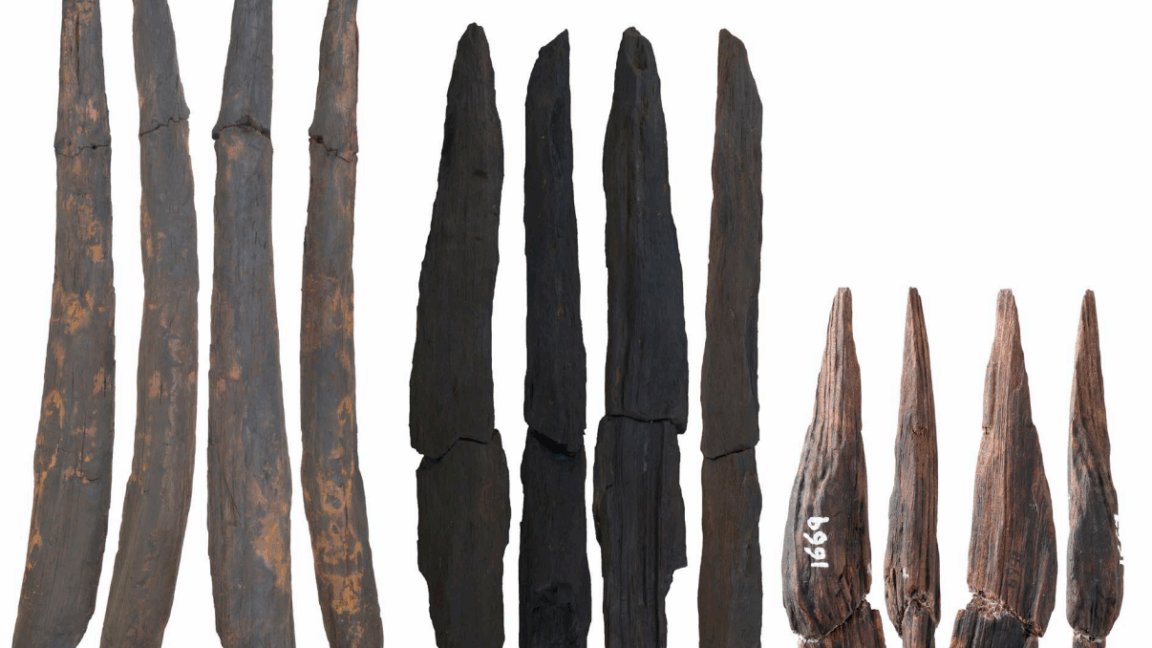INSUBCONTINENT EXCLUSIVE:
That leaves a few possibilities: Denisovans, Homo heidelbergensis (the common ancestor of Neanderthals, Denisovans, and our species), or
All three species could have lived in the area at the time
But nobody at Gantangqing left behind any convenient, readily identifiable bones along with their wooden tools, stone tools, and butchered
animal bones (so inconsiderate of them), making it hard to pin down exactly which species these 300,000-year-old hunter-gatherers belonged
fossils in Asia are from Indonesia and date back 1.8 million years
They also stuck around until quite recently
In caves at a site called Zhoukoudian, outside Beijing in eastern China, Homo erectus remains date to sometime between 700,000 and 200,000
overlaps the age of the wood tools at Gantangqing
in the area, too, or at least not too far away
A recently identified Denisovan skull from Harbin, China, is 146,000 years old but bears a striking resemblance to other hominin skulls from
sites all over China, which range from 300,000 to 200,000 years old
direct ancestor of Denisovans
So if Homo erectus and Denisovans are in the running, so is Homo heidelbergensis, by default.And unless someone finds a telltale skull
nearby or another very similar toolkit at a site with telltale skulls to consult, we may not know for sure.Science, 2023

